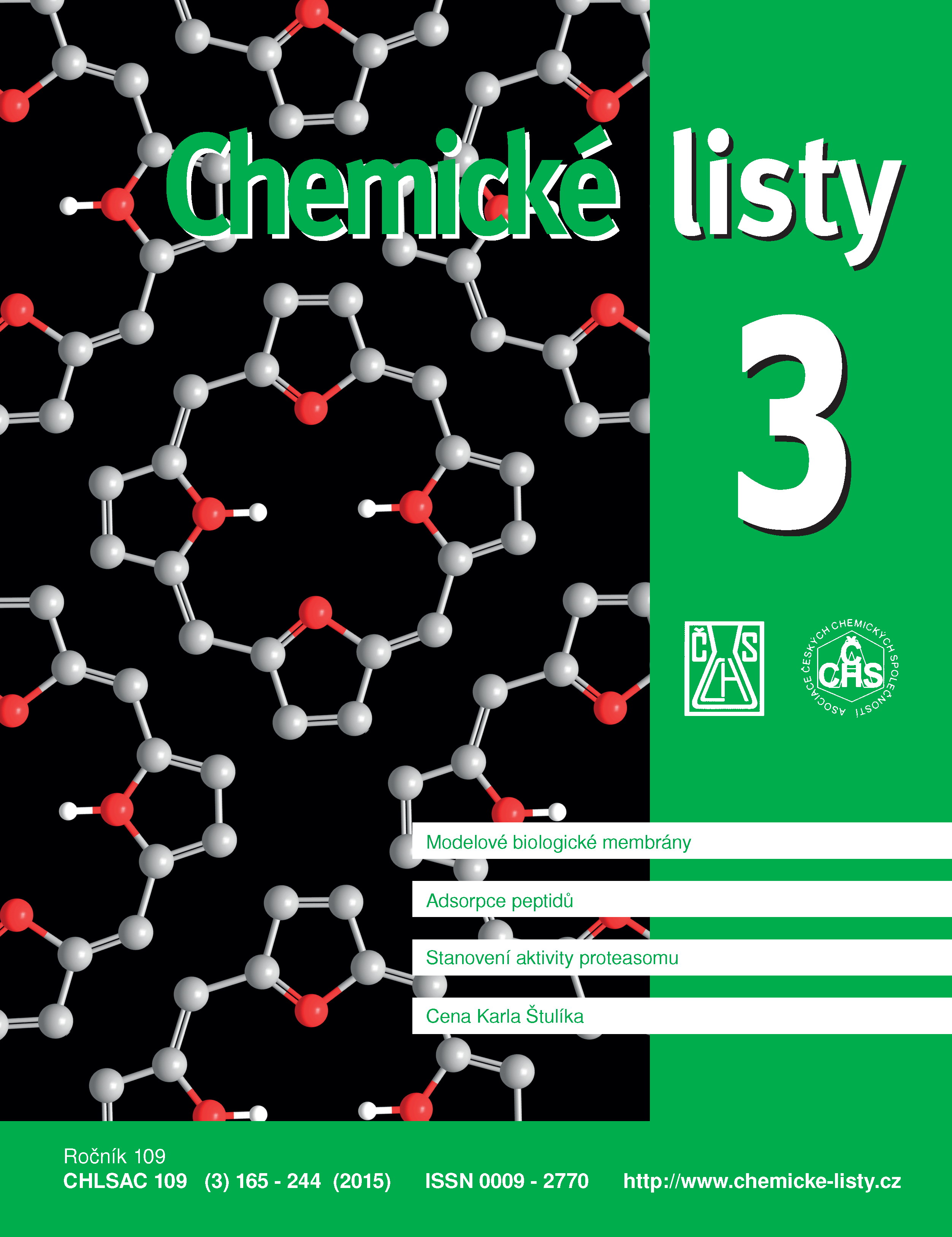Adsorption of Peptides Produced by Phytoplankton on Activated Carbon
Keywords:
activated carbon, adsorption, algogenic organic matter, peptidesAbstract
The paper deals with adsorption of AOM peptides during water treatment. The adsorption is affected by many circumstances. However, the principal factors are size distribution of the adsorbent pores, pH value of the solution and its ionic strength. For the adsorption of peptides having molecular weight lower than 4 kDa, the most important role play mesopores (d > 2 nm) and micropores (d = 0.8–2 nm). Charge characteristics of AOM functional groups and surface activated carbon functional groups are determined by pH value of the solution. These charge relationships affect prevailing mechanisms of interactions between peptides and the activated carbon surface. The biggest adsorption capacities are reached at weakly acidic region of pH due to an effect of attractive electrostatic forces between the activated carbon surface and AOM peptides. The next factor influencing the AOM adsorption is ionic strength of the solution. Its increasing value can have a positive effect on the adsorption efficiency, but the adsorbent character and pH value of the water to be treated, should be taken into account.





